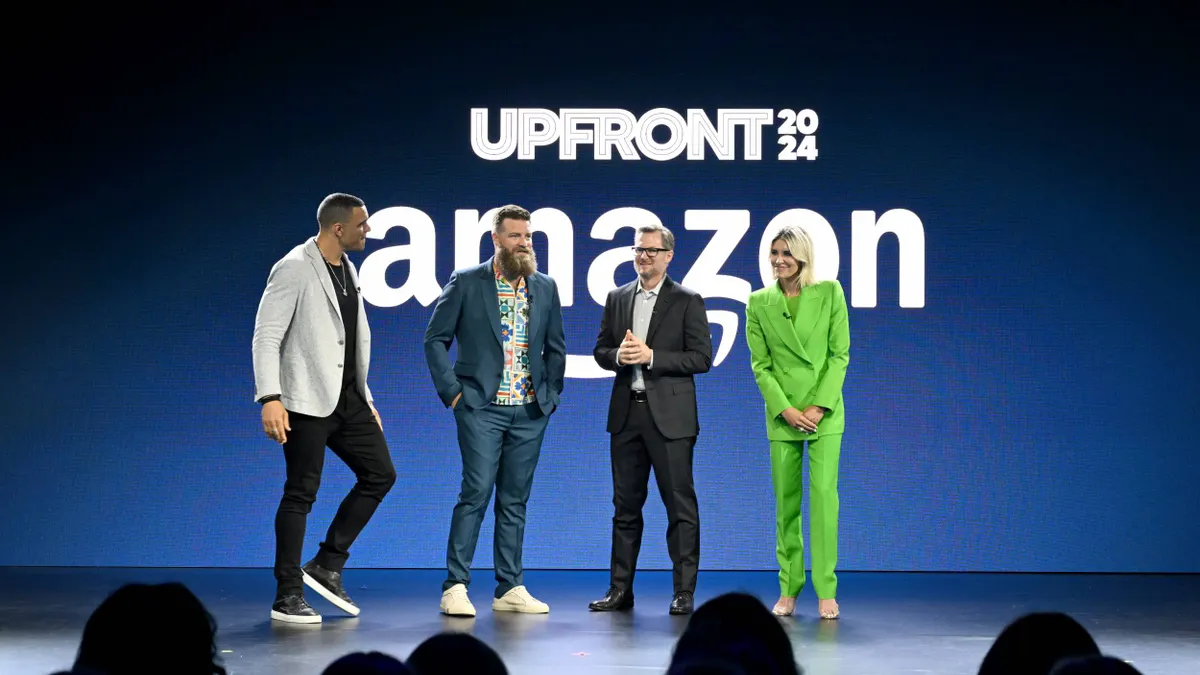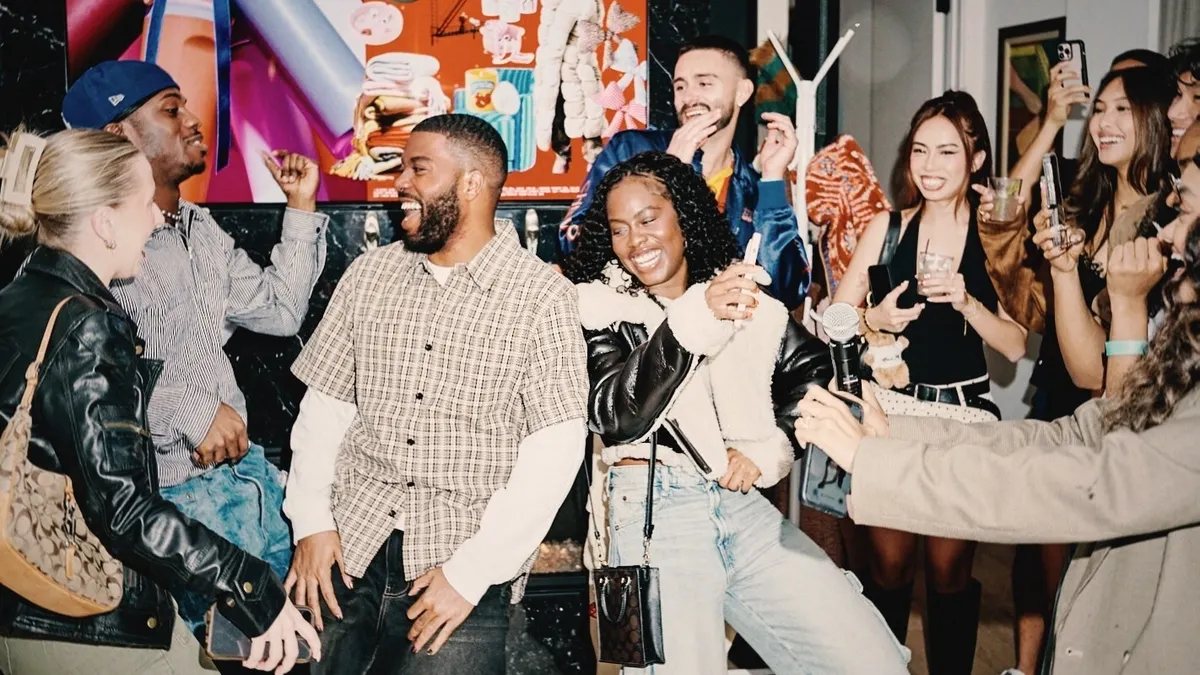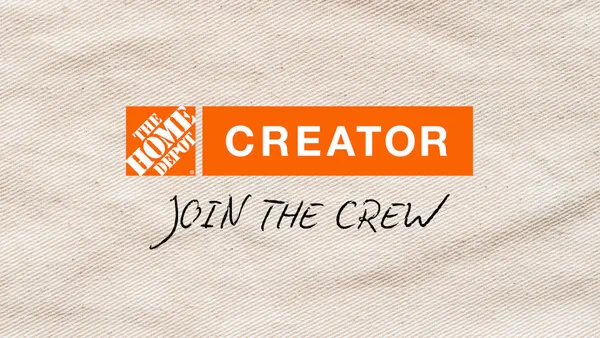Dive Brief:
-
Snapchat added a new ad-buying option called Snap Ads Max Reach that ensures a brand's ads will be served to anyone who watches a Snapchat Story, according to Marketing Land. Snapchat Stories are compilations of video and photo messages that disappear 24 hours after being published and can consist of everything from personal posts to content created by publishers for Snapchat's Discover channel.
-
Snap Ads Max Reach is similar to Instagram's Marquee product or Twitter's First View options that allow a total brand "takeover" of their mobile apps and homepages, Marketing Land said.
- Snap Ads Max Reach campaigns are currently only available in the U.S. and have to be bought directly through the company's sales team.
Dive Insight:
Given that Snapchat is a relative newcomer to the social media space, brands will want to test the Max Reach service before committing considerable resources to it. Massive consumer brands that want to reach the broadest possible audience, regardless of age or other demographic criteria, are the most likely candidates for the service, especially as Snap formats like geofilters and sponsored lenses have carried hefty price tags in the past.
While Snapchat Stories have been copied by a number of competitors, and notably Instagram with its clone Stories feature, the introduction of Max Reach and its similarities to Instagram's Marquee show that Snap is more than willing to make product-cribbing a two-way street. Still, Snapchat ads have had lackluster showings in the past.
A JPMorgan Chase survey recently found that two-thirds of surveyed Snapchat users never watch video ads on the platform, while 73% said they never interact with Snap Ads by swiping up to access more content, eMarketer reported last month. Additionally, more than half of U.S. Snapchat users never engaged with sponsored filters or lenses, two formats pioneered by the Los Angeles-based company.
Meanwhile, Snapchat needs to expand the ways it monetizes reach among its 160 million daily active users, which is now a smaller audience than that of Instagram Stories. Parent company Snap Inc. lost more than $514 million last year on $404 million in sales, according to company filings, and Snap has suggested it might never be profitable.












